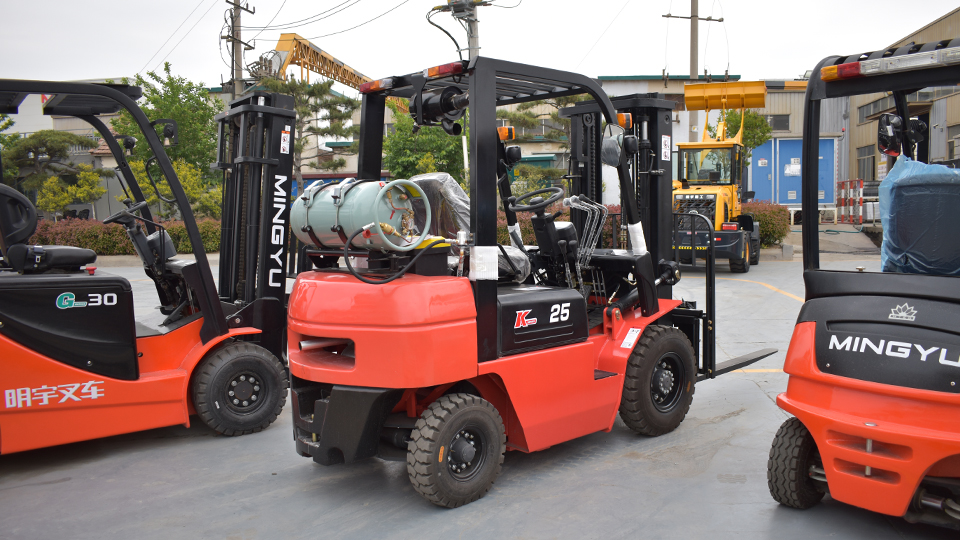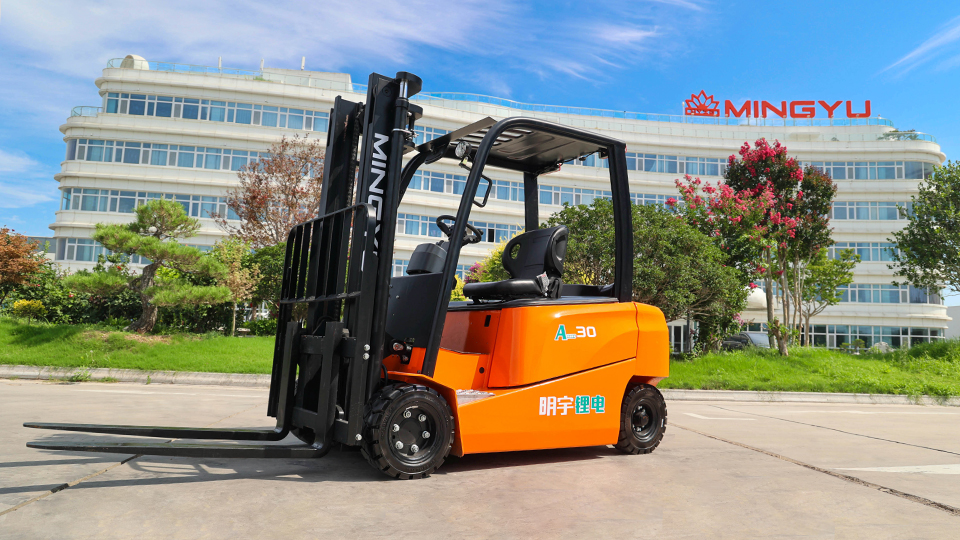
Becoming a certified forklift driver is a crucial step for anyone looking to work in warehouses, construction sites, and many other industrial environments. The certification, often referred to as a license or operator permit, is not just a formality; it's a legal requirement enforced by the Occupational Safety and Health Administration (OSHA) in the United States. This certification ensures that you have the necessary knowledge and practical skills to operate a forklift safely, protecting yourself, your colleagues, and the valuable goods you handle.
The process of getting certified is standardized and involves two main components: formal instruction (classroom or online training) and a practical skills evaluation (hands-on driving test).
Step 1: Understand the Requirements
Before you can begin your training, you must meet some basic requirements. These are set to ensure that you are physically and mentally capable of operating heavy machinery.
Age: You must be at least 18 years old. This is a strict federal requirement for operating forklifts in the workplace.
Literacy: You should be able to read and understand the training materials, safety warnings, and equipment manuals.
Physical Fitness: You should be in good physical condition, with adequate vision, hearing, and motor skills. Some employers may require a physical examination to ensure you are fit for the job.
Step 2: Choose Your Training Method

There are several ways to get the formal instruction you need. Your choice will depend on your schedule, budget, and personal learning preferences.
Online Courses: This is an increasingly popular option due to its flexibility. You can complete the classroom portion of your training from the comfort of your home at your own pace. Many reputable companies offer OSHA-compliant online courses. After passing the online portion, you'll need to find a proctor for the practical evaluation.
Employer-Provided Training: If you have a job offer that requires forklift operation, your employer is legally obligated to provide the necessary training and certification. This is often the most convenient and cost-effective option, as the company handles all aspects of your training and evaluation.
Vocational Schools or Training Centers: Many vocational schools and third-party training centers offer in-person classes. This can be a great option if you prefer a structured, hands-on learning environment and direct interaction with an instructor.
Step 3: Complete the Formal Instruction
The classroom or online portion of your training will cover all the essential theoretical knowledge required for safe forklift operation. This includes:
OSHA Regulations: Understanding the specific rules that govern forklift operation in the workplace, including maintenance and inspection requirements.
Forklift Anatomy: Learning about the different parts of a forklift, such as the mast, forks, and overhead guard, and their functions.
Safety Procedures: This is the most critical part of the training. You will learn about the Stability Triangle and how a forklift's center of gravity shifts with a load. You will also learn safe operating speeds, how to navigate ramps and inclines, and how to avoid common hazards.
Load Capacity and Data Plates: You will be taught how to read a forklift's data plate to determine its maximum load capacity and other important specifications.
Pre-Shift Inspections: You'll learn how to perform a mandatory pre-shift inspection to ensure the forklift is in safe working condition before each use.
Fueling and Battery Care: The training will cover how to safely handle different power sources, including propane, diesel, gasoline, and electric batteries.
After completing the formal instruction, you will be required to pass a written exam. This test assesses your understanding of the concepts covered and typically requires a score of 70% or higher to pass.
Step 4: Pass the Practical Skills Evaluation
The hands-on evaluation is where you prove you can apply the theoretical knowledge to real-world situations. This evaluation is conducted under the supervision of a certified trainer. You will be asked to perform a series of tasks, which may include:
Pre-use Inspection: You will demonstrate your ability to perform a thorough pre-shift inspection, identifying any potential maintenance issues.
Driving: You'll be observed as you drive the forklift forward and backward, navigating through a designated course.
Maneuvering: You'll be required to make turns, stop, and reverse safely.
Load Handling: The instructor will have you practice picking up, transporting, and stacking pallets or other loads. This tests your ability to judge weight, balance, and clearance.
Safety Adherence: The trainer will be watching for your adherence to all safety protocols, such as using the horn at intersections, maintaining a safe distance from pedestrians, and keeping the forks at the correct height.

Once you have successfully passed both the written and practical portions of the training, you will be issued a forklift certification card or document.
Step 5: Understand Renewal and Recertification
A forklift certification is not permanent. According to OSHA regulations, operators must be recertified every three years. Recertification is also required if:
You are involved in a near-miss or accident.
You receive a poor performance evaluation.
You are assigned to operate a different type of forklift than the one you were originally certified for.
Changes in the workplace create new hazards.
The recertification process is similar to the initial training but may be less intensive.
The Importance of Certification
Beyond legal compliance, getting certified as a forklift driver provides numerous benefits:
Safety: It drastically reduces the risk of accidents and injuries in the workplace, protecting you and your coworkers.
Career Advancement: Certification is a prerequisite for most forklift operator jobs, making you a more valuable and employable candidate. Certified operators often earn higher wages.
Increased Productivity: Certified drivers are more efficient at their jobs, causing less damage to products and equipment, and helping their employers save money.
Confidence: The training gives you the confidence to operate a forklift safely and effectively in various situations.
In conclusion, getting your forklift certification is a crucial investment in your professional future. It's a structured and comprehensive process that ensures you are fully prepared for the responsibilities of the job. By following the steps outlined in this guide and committing to a safe and professional attitude, you can become a certified and highly sought-after forklift operator.
Name: selena
Mobile:+86-13176910558
Tel:+86-0535-2090977
Whatsapp:8613181602336
Email:vip@mingyuforklift.com
Add:Xiaqiu Town, Laizhou, Yantai City, Shandong Province, China